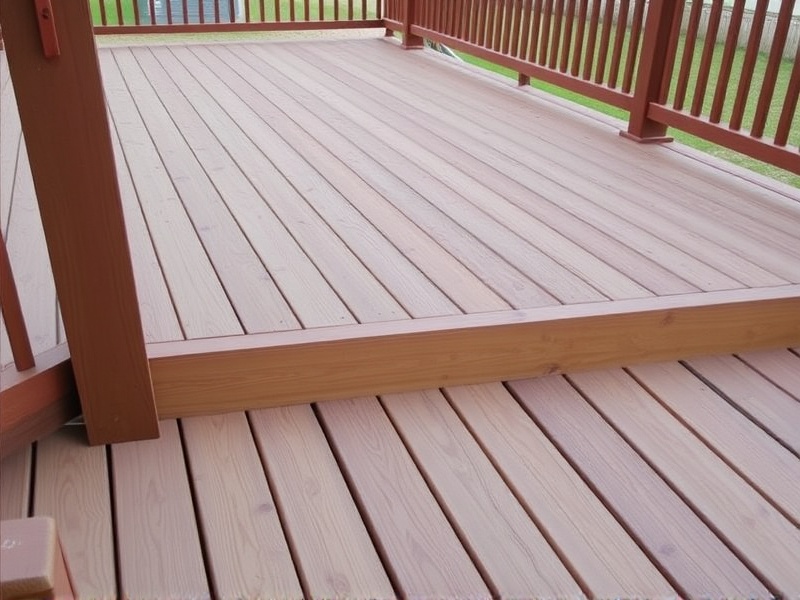Our Location
304 North Cardinal St.
Dorchester Center, MA 02124
Learn about the critical aspects that influence the maximum weight a composite deck can bear, ensuring your outdoor space is both functional and safe.

Composite decking has become a popular choice for modern outdoor living spaces due to its durability, low maintenance, and aesthetic appeal. However, understanding what determines the load limit of composite decking is crucial for ensuring the safety and longevity of your deck. The load-bearing capability of composite decking is influenced by several key factors, including material composition, design, and installation practices.
The load limit of composite decking is primarily determined by its material composition. Composite decking is typically made from a combination of wood fibers and plastic materials, such as polyethylene or polypropylene. These materials are chosen for their strength and resistance to weathering. The ratio of wood to plastic in the mixture can significantly impact the load-bearing capacity of the decking. High-quality composites with a higher concentration of plastic tend to offer better strength and stability under heavy loads.
In addition to material composition, the design of the composite decking also plays a significant role in determining its load capacity. Properly engineered deck designs consider factors such as spacing between joists, beam sizes, and overall deck structure. A well-designed deck will distribute weight evenly across its surface, preventing any single area from bearing too much load. Engineers must carefully calculate these elements to ensure that the deck can safely support expected loads, including people, furniture, and other items placed on it.
Despite the robust nature of composite decking, improper installation can severely compromise its safety. One of the most common mistakes is inadequate spacing between joists. Insufficient spacing can lead to excessive deflection and bending under load, potentially causing the decking to sag or break. Another frequent error is using substandard fasteners, which may not provide sufficient holding power, leading to loose boards and increased risk of accidents. Additionally, failing to account for regional climate conditions, such as high winds or heavy snowfall, can result in structural failures during extreme weather events.
To mitigate these risks, it is essential to follow best practices during the installation process. First, ensure that joist spacing adheres to manufacturer guidelines and local building codes. Using high-quality, corrosion-resistant fasteners is also critical for maintaining the integrity of the deck over time. Furthermore, consulting with a professional engineer or contractor can help tailor the design and installation to specific environmental conditions, ensuring maximum safety and longevity. Regular inspections and maintenance can further enhance the performance and safety of your composite deck.